Entry Category: Buildings
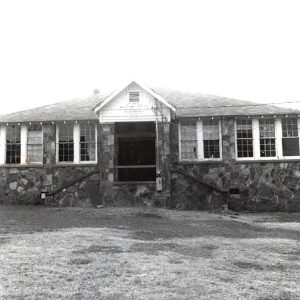 Plumerville School Building
Plumerville School Building
 Plummer's Station
Plummer's Station
Pocahontas Commercial Historic District
Poinsett County Courthouse
Polk County Courthouse
Poteau Work Center
Powhatan Courthouse
Powhatan Jail
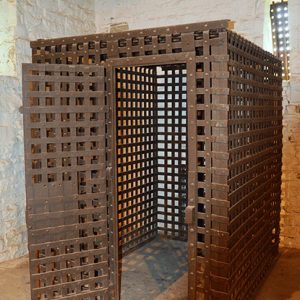 Powhatan Jail Cell
Powhatan Jail Cell
Prairie County Courthouse, Northern District
Prairie County Courthouse, Southern District
Prescott City Jail
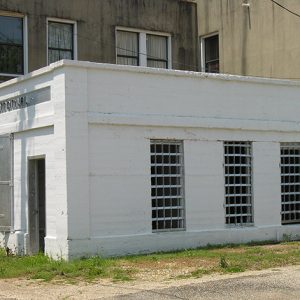 Prescott City Jail
Prescott City Jail
 Produce Warehouse Rear View
Produce Warehouse Rear View
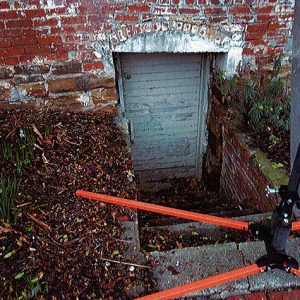 Produce Warehouse Side Entrance
Produce Warehouse Side Entrance
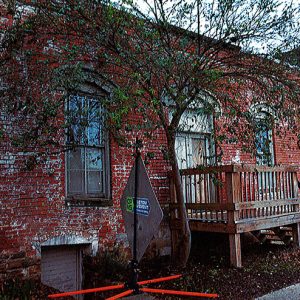 Produce Warehouse Side Entrance & Deck
Produce Warehouse Side Entrance & Deck
Pulaski County Courthouse
 Pythian Bathhouse
Pythian Bathhouse
 QQUM Church Tower
QQUM Church Tower
Quigley’s Castle
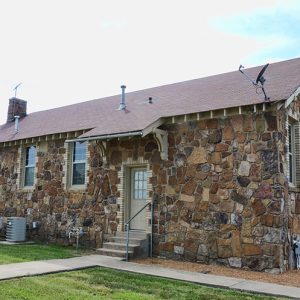 Quitman Home Economics Building
Quitman Home Economics Building
Rabbit Foot Lodge
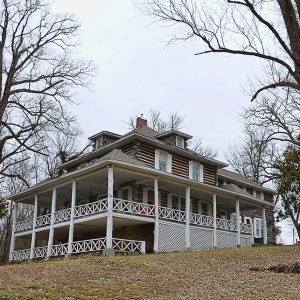 Rabbit Foot Lodge
Rabbit Foot Lodge
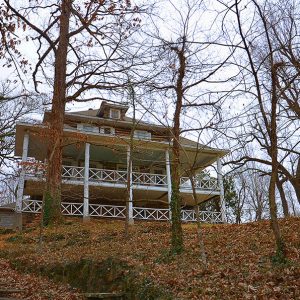 Rabbit Foot Lodge
Rabbit Foot Lodge
Randolph County Courthouse
Ray Winder Field
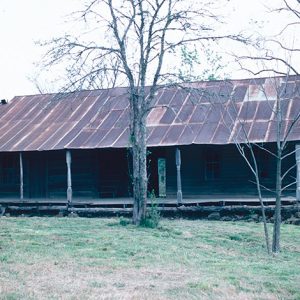 Reeves-Melson House
Reeves-Melson House
Reeves-Melson House
Rialto Theater (El Dorado)
 Richard Sheppard Arnold Courthouse
Richard Sheppard Arnold Courthouse
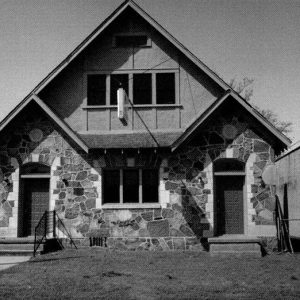 Riggs-Hamilton American Legion Post 20
Riggs-Hamilton American Legion Post 20
Riggs-Hamilton American Legion Post 20
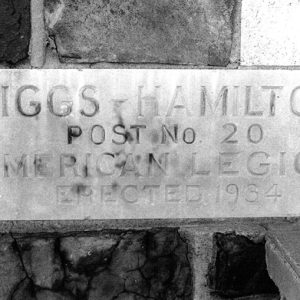 Riggs-Hamilton Legion Post Cornerstone
Riggs-Hamilton Legion Post Cornerstone
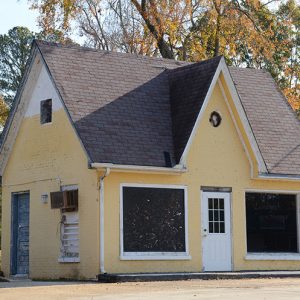 Rison Cities Service Station
Rison Cities Service Station
Rison Cities Service Station
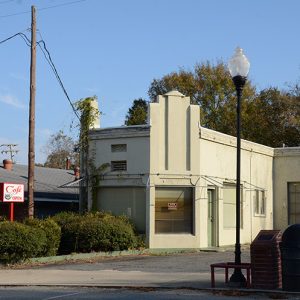 Rison Texaco Service Station
Rison Texaco Service Station
Rison Texaco Service Station
 Riviera Hotel
Riviera Hotel
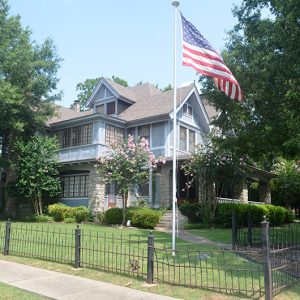 Joseph Taylor Robinson House
Joseph Taylor Robinson House
Rock Island Argenta Depot
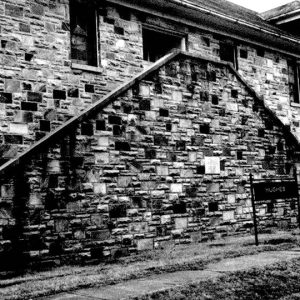 Rock-work Detail
Rock-work Detail
Rockport Cemetery
Rosedale Plantation Barn
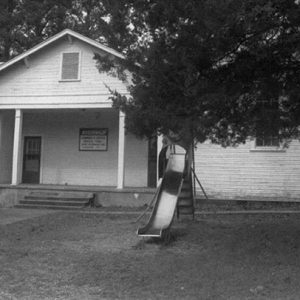 Rosenwald School
Rosenwald School
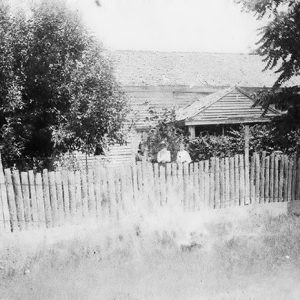 Rowland-Lenz House
Rowland-Lenz House
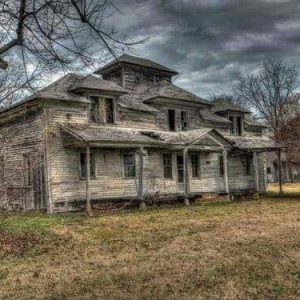 Rowland-Lenz House
Rowland-Lenz House
Rowland-Lenz House
Royal Theatre
 Royal Theatre Box Office
Royal Theatre Box Office




